Frequently asked questions about wildlife photography.
Whether you are just starting out or have some experience under your belt, we’ve provided answers to common questions that will guide your explorations into wildlife photography. From wildlife photography gear recommendations to how to sell your images, we’ve got you covered.
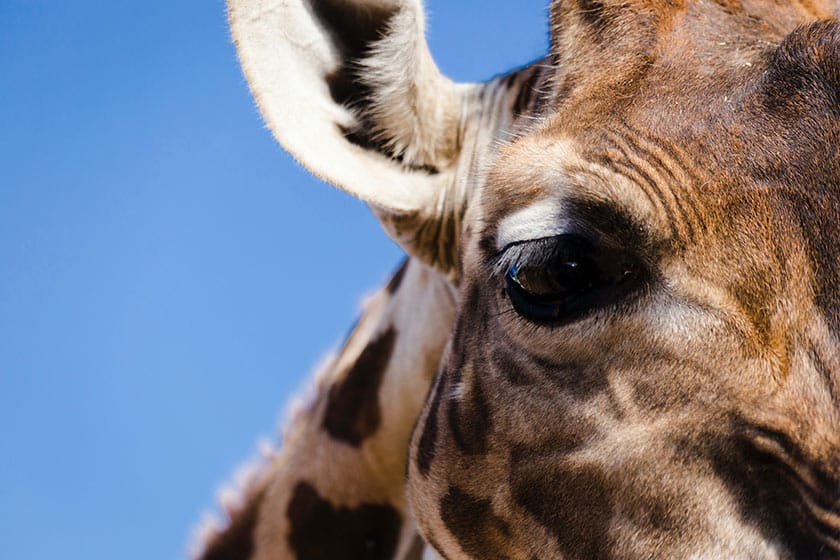
Frequently Asked Questions
Which camera is best for wildlife photography?
There isn’t one particular camera that is best for wildlife photography, but if you want to be safe, we would recommend a DSLR camera that is weatherproof, lightweight, and has both good autofocus capability and fast burst mode.
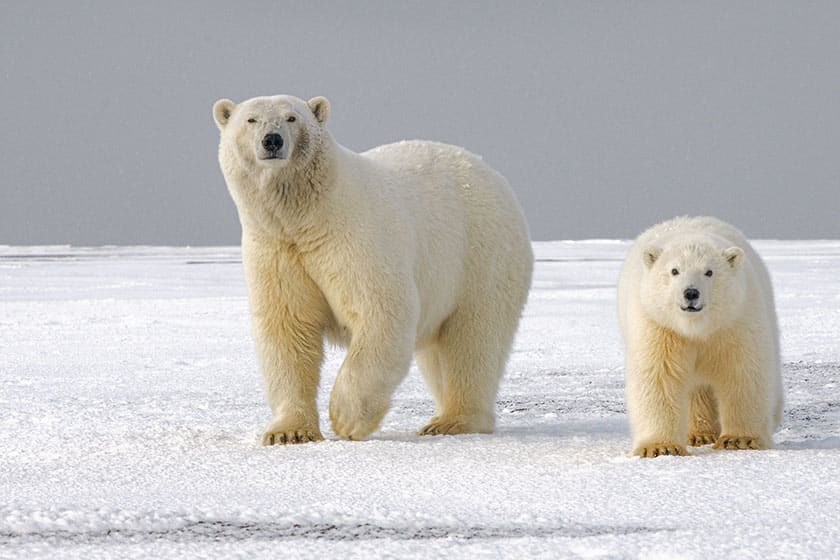
How to submit wildlife photos to a magazine?
Submitting your photos to a magazine is an excellent way to get more eyes on your work. Each magazine is going to have different requirements for entry. We recommend familiarizing yourself with the requirements and ensuring you submit your work in the manner that it asked for. Failure to do means your work will likely never be seen by anyone at that particular magazine.
How to get into wildlife photography?
The best way to get into wildlife photography is to start in your backyard. While you might be tempted to travel to exotic places to capture that winning shot, you’ll first want to gain some experience so you have the skills that are necessary to shoot in those more remote parts of the world. Start in your backyard, or your local zoo, and work your way up to more involved expeditions.
How to learn wildlife photography?
The best way to learn wildlife photography is to start practicing. You can spend as much time as you want to memorize the perfect camera settings, but until you get out there and start shooting, there’s a good chance that you’ll never truly grasp what it means to be a wildlife photographer.
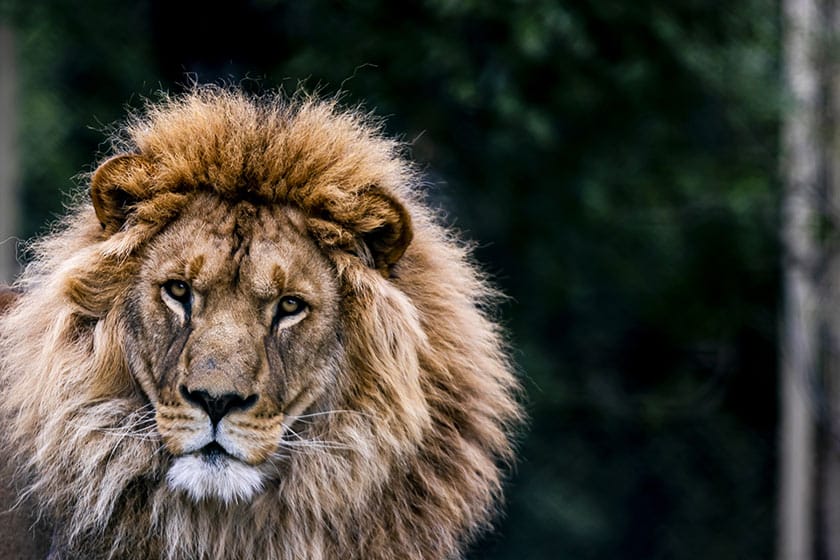
Why are my wildlife photos not sharp?
There could be a variety of reasons why your wildlife photos are not sharp, but it likely has to do with your camera’s setting. We recommend looking at your ISO, shutter speed, and aperture. In particular, a slow shutter speed will cause blurry images, or a high ISO can result in a grainy image. A camera that has poor auto-focusing capabilities might also be impacting your image sharpness. It’s also possible that your lenses need to be calibrated if they are not focusing properly.
How do nature photographers get so close?
In some cases, when you know it is safe to do, getting close to an animal should be fine, but we only recommend this for the most advanced wildlife photographers that really understand their subject. For the rest, having a high-quality telephoto lens will make it look like you are close to the animal even when you’re not. A blind can also be helpful.
How to use a blind for wildlife photography?
A blind (or a hide) is there to help you blend into your surroundings. The most important aspect of using a blind is its position. Remember, once you’re in the blind, you’re not going to want to move when the animal does show up. Doing so will likely just scare them away. Ensuring your blind is positioned well for the best photo possible is your biggest hurdle to using a blind.
What skills do wildlife photographers need?
We provided an exhaustive list of all the critical skills that we think a wildlife photographer needs, but in general, the top three skills that are required of a wildlife photographer are patience, familiarity with nature, and a willingness to potentially travel long distances and spend time by yourself.
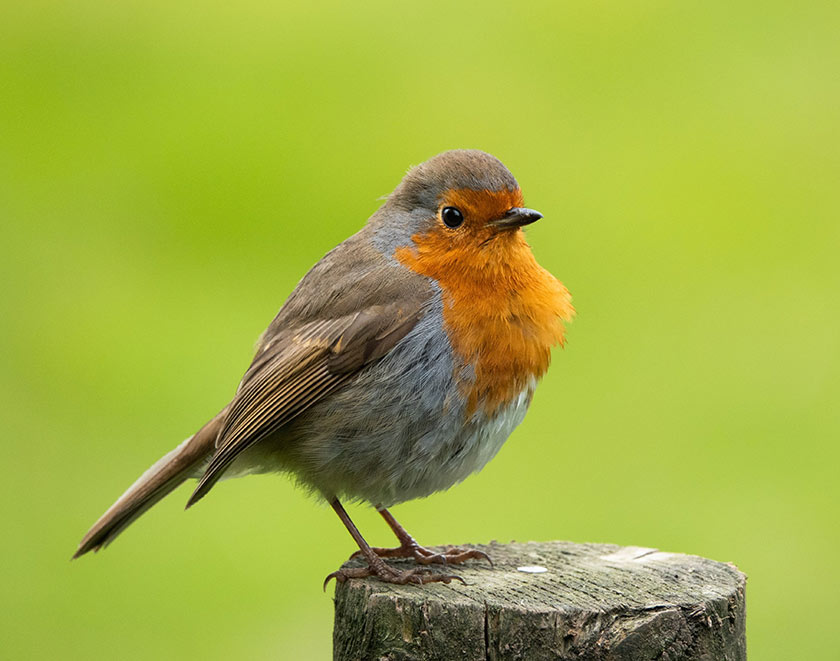
Is wildlife photography a good career?
If you enjoy being in nature and get a thrill from seeing animals in their natural habitat, wildlife photography can be a very gratifying career. It may not always be the most highly-paid photography niche, but you could supplement your income with other in-demand photography gigs if needed.
Best focal length for wildlife photography?
Many wildlife photographers are happy shooting with lenses that have a focal length between 100-400mm. However, if you’re planning on shooting very small animals or animals that are a long distance away, you may prefer a lens that is even longer, like a 600mm or 800mm lens.
Full frame or crop sensor for wildlife photography?
A full frame sensor will enable you to capture more in each image, making it generally favorable to a cropped sensor. However, there are plenty of excellent cropped sensor cameras out there, and depending on your shooting style, having more cropped images may not be an issue. A crop sensor will multiply your focal length slightly so you will have more range to photograph far away animals. For example, if you’re a bird photographer, you may benefit from shooting with a crop sensor camera.
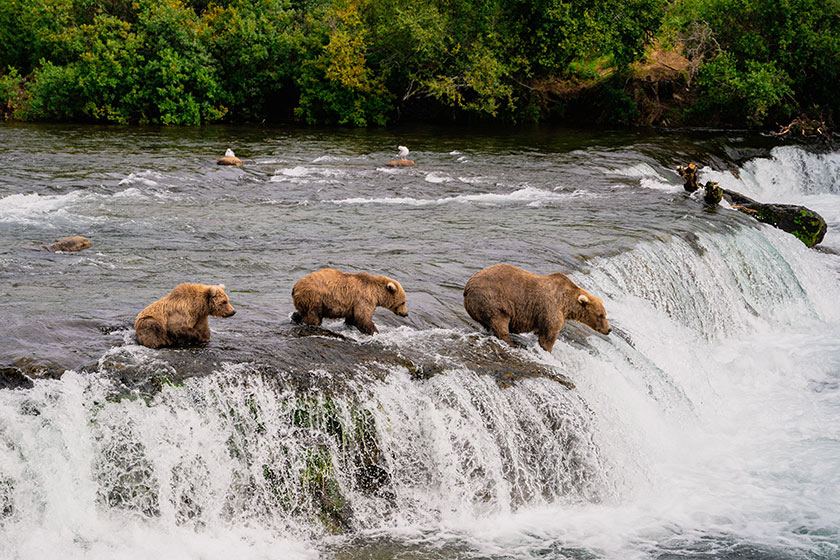
How do wildlife photos make money?
Wildlife photography can earn you money in several ways. You can shoot for paying clients, such as nature or even travel magazines and blogs. You may also wish to sell your prints directly to customers, with different rates depending on the size of the print and whether or not it is framed.
How do I sell my wildlife photos?
Creating an online store on your portfolio website is a great way to sell wildlife photo prints to customers. You can also pitch your photos to wildlife magazines that pay for the images they print. Finally, marketplaces for stock photos are another channel on which you can sell your images.
Does National Geographic buy photos?
No, National Geographic doesn’t directly buy unsolicited photos. Instead, you can pitch yourself to National Geographic to try to land paid gigs with them or join their roster of regular photographers. Since they plan their shoots well in advance, this is the best way to get your images on their famous pages.
Is mirrorless or DSLR better for wildlife photography?
Both DSLR and mirrorless cameras can produce gorgeous wildlife photos. Many of the most famous wildlife images were taken on DSLRs, but in recent years, mirrorless cameras have made huge advances, producing images of similar quality to DSLRs. They are also lighter so new photographers may want to consider them first.
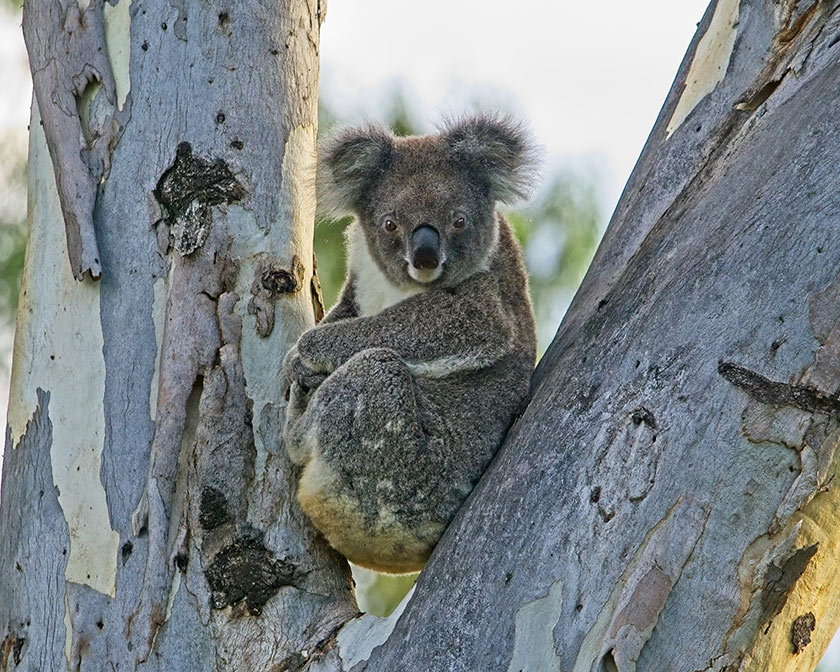
How much can wildlife photographers make?
In the US, the average salary for wildlife photographers is just over $40,000. The top 10% earn about $57,000 annually. If you want to earn more as a wildlife photographer, you may want to consider rounding out your income with other kinds of photography when you’re in your off-season for capturing wildlife.
How much does a good wildlife camera cost?
The definition of a good wildlife camera will vary widely depending on your experience and budget, but you can find some great camera bodies on the market starting at about $1,000 that will do the trick. Of course, for optimal images, the best bodies cost several thousand dollars more.
What’s the meaning of wildlife photography?
Wildlife photography is a genre within photography that focuses on capturing images of animals in their habitat, allowing viewers to see wildlife up close, in motion, and in other ways that they may never get to experience in real life. Wildlife photographers make exotic (and sometimes not-so-exotic) animals accessible to the general public by capturing animal activity in stunning and artistic ways.
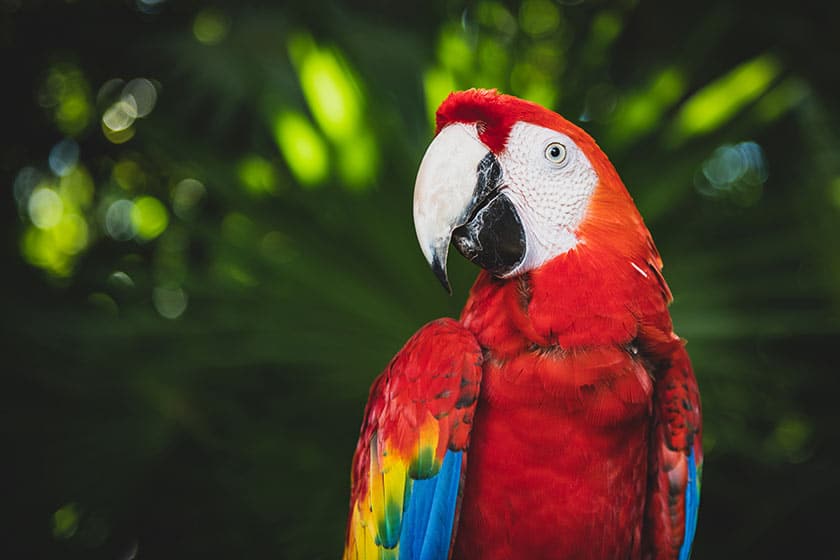
Is wildlife photography easy?
Wildlife photography is easily one of the more demanding and competitive fields within photography. Compared to wedding, portraiture, and fashion photography, wildlife photographers must deal with more physical and technical challenges than those found inside a studio, such as weather changes, difficult terrain, and unpredictable animals. However, this field is greatly satisfying and rewarding because of its direct connection with nature and its many wonders.
What does ethical wildlife photography mean?
It is vital that wildlife photography be ethical, which means that each shot and photograph set up by the photographer must be respectful to the wildlife and natural environment. The photographer, their crew, and their equipment should never scare, harm, or wound any of their subjects. This may require photographing from a greater distance than is preferable, or minimizing the impact of the photography setup on the environment during and after taking the shot.
What do wildlife photographers do every day?
It’s easy to assume that wildlife photographers are always out there exploring exotic places with cameras in hand, having the time of their lives. However, according to U.K.-based wildlife photographer Richard Peters in this interview with Afar, while sometimes photographers do get to travel and take stunning pictures of amazing animals, much of their time is taken up with editing photos, teaching, and leading workshops on wildlife photography.
Is wildlife photography a job?
Wildlife photography can provide a living to those who work diligently and intelligently in this often competitive and demanding field. By taking part in organized safaris and selling their work to outlets such as art galleries and magazines, photographers can earn money through their work. With more experience and an outstanding portfolio, a wildlife photographer may be hired as a full-time photographer for nature magazines such as National Geographic or the Audubon Society.
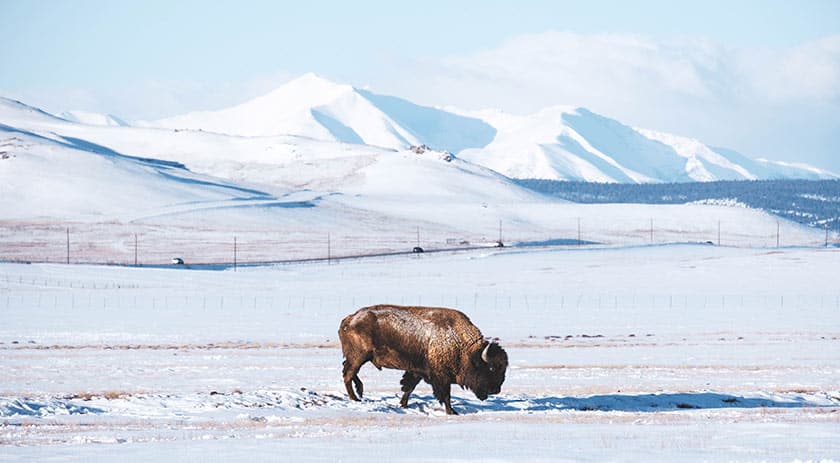
Who is the most famous wildlife photographer?
Today’s most famous wildlife photographer might be Frans Lanting. Having set the standard for fellow wildlife photographers for more than three decades, Lanting’s images are original and stunning, showcasing eye-level perspectives enhanced by sophisticated use of lightning and shadow. He has earned the following honors, among others: Wildlife Photographer of the Year Award, a Fellowship to the Royal Photographic Society, Sweden’s Lennart Nilsson Award, and the Royal Order of the Golden Ark.
Are wildlife photographers in demand?
According to the State of the Photography Industry report, wildlife photography is in modest demand, coming in behind documentary and commercial, with portraiture, landscape, and wedding photography leading the demand. Expensive to get into but highly rewarding, wildlife photography is a field with unique technical and artistic challenges.
Build an online portfolio website you love.
Put your wildlife photography in the spotlight.